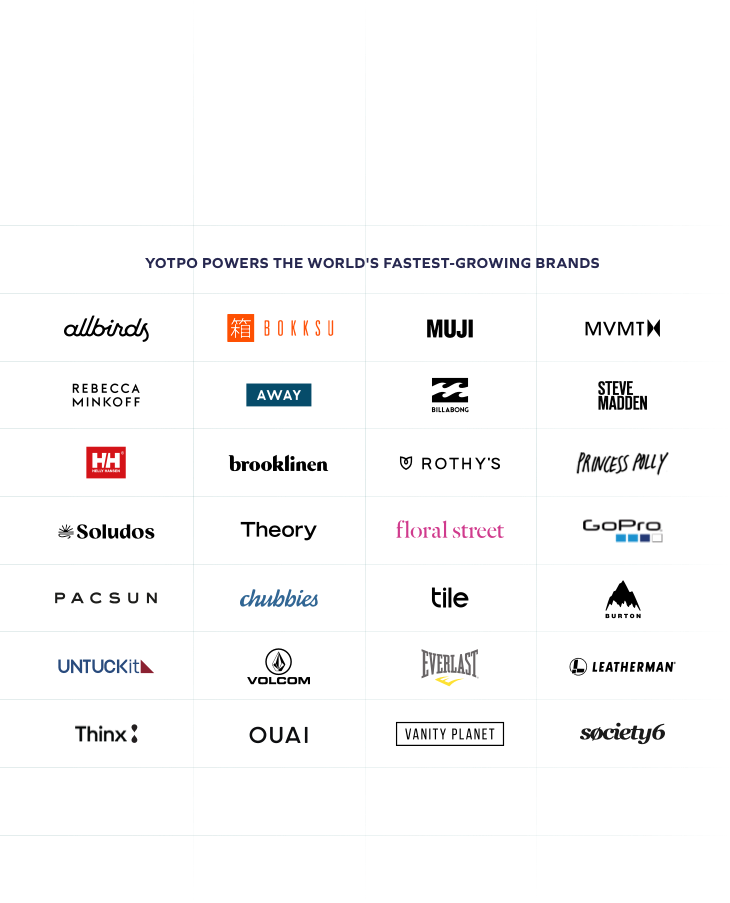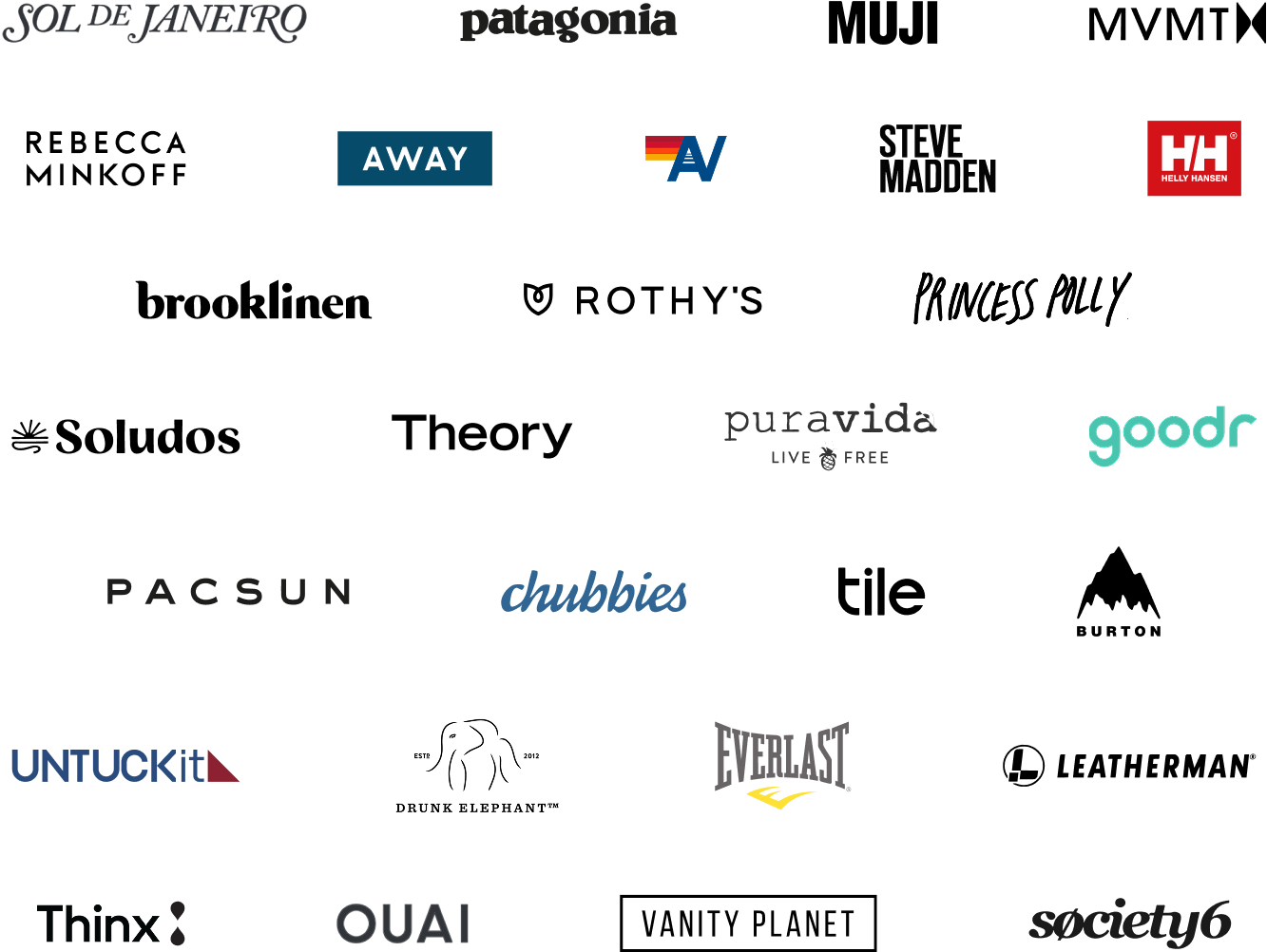The Future of Google Shopping
Google is always evolving, and Google Shopping is no different. Here are the key trends that should be on your radar when you’re planning future campaigns.
 Google Shopping Guide
Google Shopping Guide
Google is always evolving, and Google Shopping is no different. Here are the key trends that should be on your radar when you’re planning future campaigns.
Ultimately, as shopper behavior and buying priorities change, so too will your Google Shopping strategy. In this final chapter, we’ll dive into four key trends shaping the future of Google Shopping usage.
Today’s shoppers are not limited by single devices or platforms, and the customer journey can be both longer and less predictable because of this.
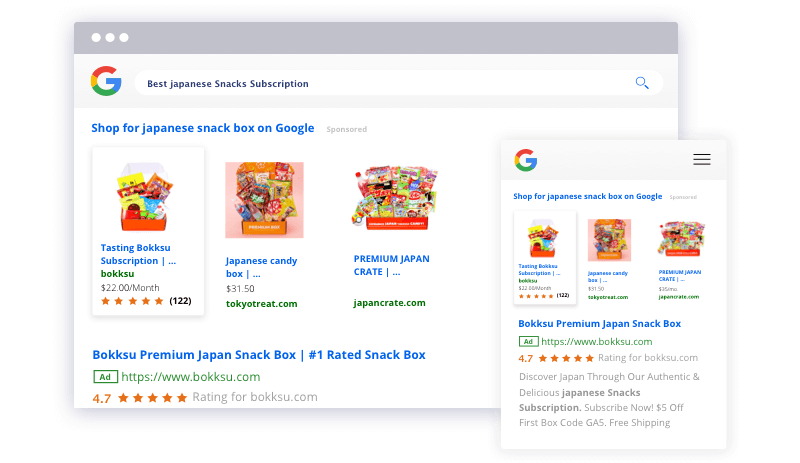
Buyers start at multiple entry points, including paid search campaigns, Google Shopping Ads, email, or social media. Successful brands optimize their content by channel to make sure it resonates with the given audience. For example, on mobile, savvy brands are presenting potential shoppers with product information and UGC in an easily and instantly accessible format to help drive conversion.
Despite the trend towards mobile, desktop usage is still strong — especially during the weekdays. Desktop shoppers convert at a rate of 3.9%, while mobile users, despite accounting for over 50% of eCommerce traffic, convert at a rate of just 1.6%.
Mobile offers expansive growth opportunities for advertisers. Traffic volume on these devices is higher in the mornings and evenings when people are researching products in their down time. However, both conversion rate and AOV (average order volume) are still slightly lower on mobile, even as search volume continues to increase.
With a range of devices at hand, shoppers can now initiate searches through Siri, Alexa, or Google.
Approximately 48% of consumers are using voice for early-stage searches that do not necessarily lead to conversions. However, Google, Amazon, and Microsoft are all currently exploring how voice search can be transformed into a real channel for purchasing.
When shoppers don’t want to wait, 40% say they’ll go to the store instead of buying online. According to the Google/Ipsos Global Retail Study from March 2019, 83% of US shoppers who visited a store in the last week said they used online search beforehand. The online/offline shopping journey is further influenced by local inventory ads, which help online shoppers to know what products are available nearby.
Your potential customers are seeking specific product information that directly answers their questions. They want high-quality reviews that tell them what others think of the product. They’re also increasingly interested in visual content during early-stage discovery, as is evident in the launch of Showcase Shopping Ads.
One way for brands to meet these needs is to populate their Google Shopping Ads with informative and helpful content. For example, rather than hosting product reviews solely onsite, brands should feed their reviews into Google Shopping, displaying powerful social proof across a wider search landscape, and driving both CTR and CVR.
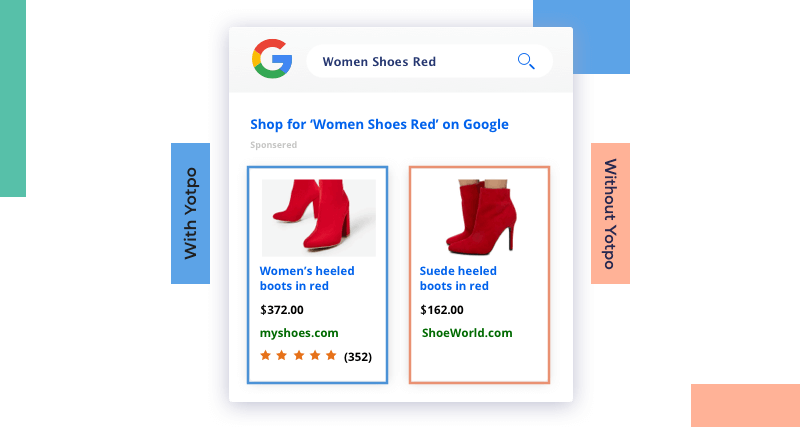
Brands can additionally benefit from opting in to Google’s latest merchant opportunities and beta testing. As algorithms and online features continue to evolve, using Google’s latest developments can strengthen your marketing funnels and help you stay ahead of the curve when capturing shopper interest.
Amazon Prime Day continues to have a significant impact on all areas of eCommerce.
During the lead-up to Prime Day 2019, Amazon increased its average impressions in the home goods category to 50% throughout April and May, and in the second half of June, it was as high as 70%.
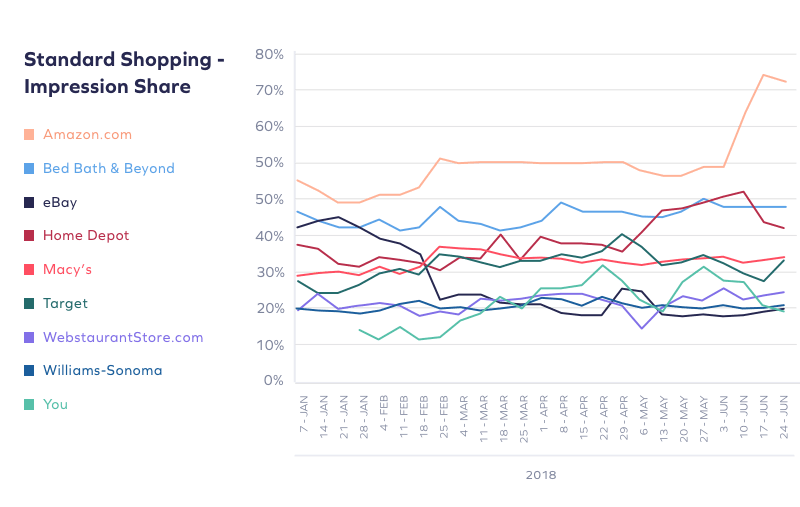
There are several strategies for managing the changing advertising landscape during the lead-up to Prime Day. While some brands choose to bow out amidst the steep competition, others choose to run their own promotions to embrace the halo effect.
During Prime Day 2019, even as Amazon’s search traffic was up 184% as compared to the previous two days, Walmart saw a 130% increase, and Best Buy had a 255% increase. To succeed, it’s important to stay competitive with your bids, make sure availability information is up to date, and extend your promotions a week before and after Amazon’s push.
The constant evolution of consumer behavior means that now is the time to modify your approach for holiday planning.
Five years ago, Black Friday was the single biggest shopping holiday. However, consumers have gotten savvier. Rather than waiting for a single day to make their purchase, they’re looking for deals earlier, and are spreading out their spending across a longer timeframe.
There is a parallel trend among retailers to lengthen Black Friday deals into month-long sale events. Smart brands are starting their advertising campaigns early to maximize presence across the extended holiday shopping window. Shoppers are starting their research early, so it’s important to spread out budgets, build remarketing lists, and stay connected with customers throughout their purchase journey.
By the final week of October, searches for “gifts for” and “gifts from” really start accelerating. Expect Google Shopping bids to ramp up in the weeks preceding Thanksgiving, as shoppers search for early deals.
Google Shopping is essential for any eCommerce business, both today and in the future. By utilizing the product feeds, campaigns, ads, and advanced features, you can help you to grow brand and product awareness, build consumer trust, and most importantly, increase sales. In the next chapter, we’ll share practical optimization tips to help you make the most of your Google Shopping strategy.
“Yotpo is a fundamental part of our recommended tech stack.”
 Laura Doonin, Commercial Director
Laura Doonin, Commercial Director


